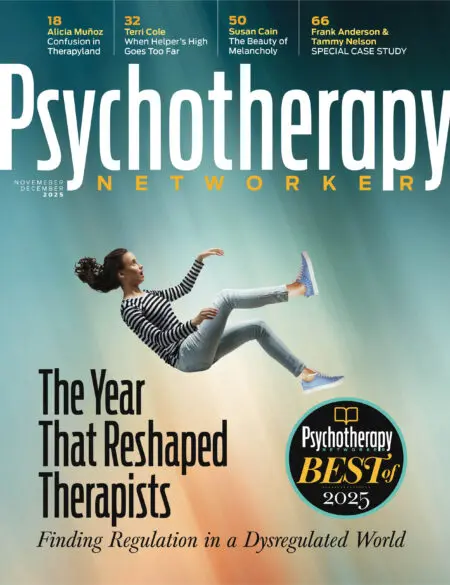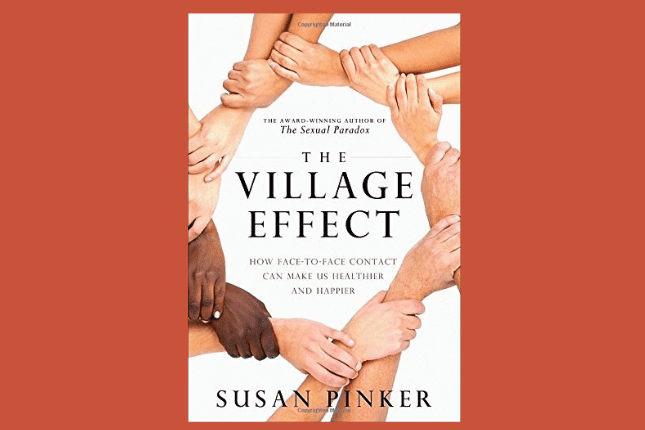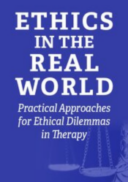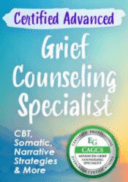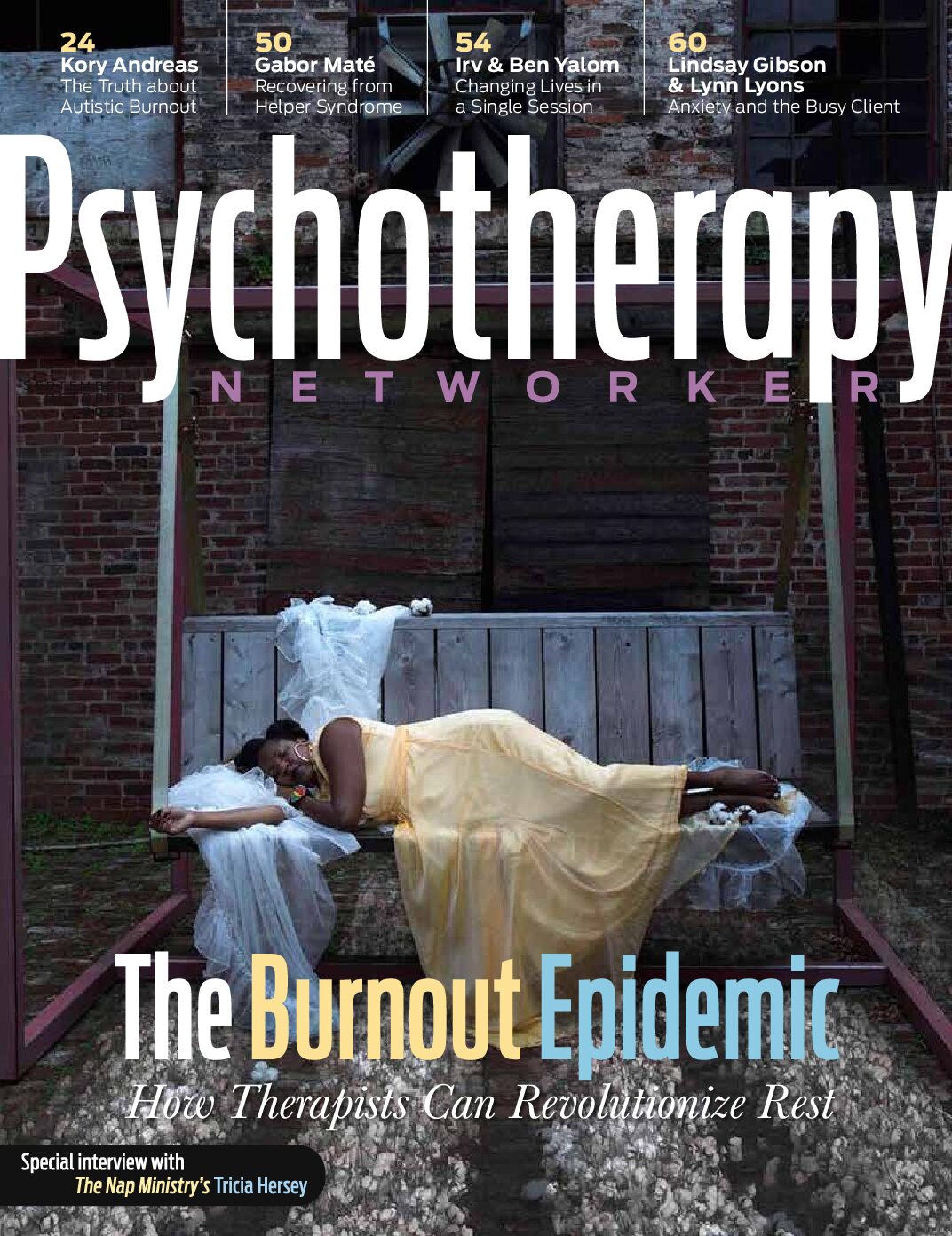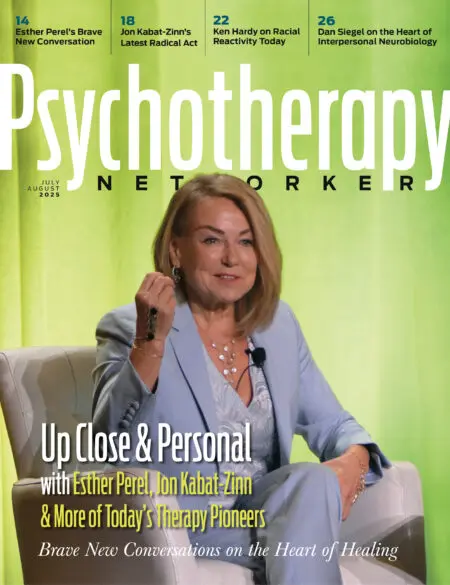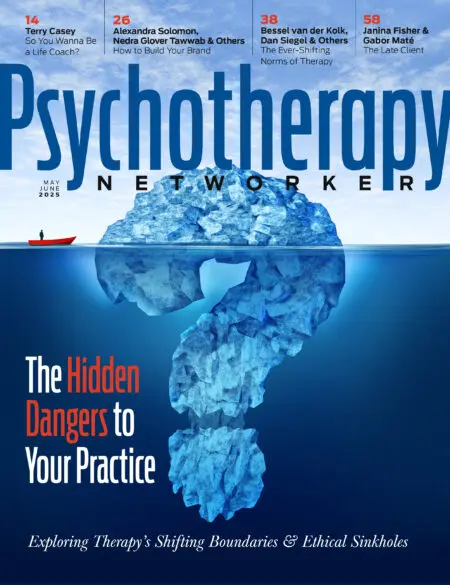The Village Effect: How Face-to-Face Contact Can Make Us Healthier, Happier, and Smarter
by Susan Pinker
Spiegel & Grau. 368 pages
9781400069576
It’s a compliment to author Susan Pinker’s accessibility that the basic takeaway from her engaging new book The Village Effect: How Face-to-Face Contact Can Make Us Healthier, Happier, and Smarter lends itself to a haikulike mashup of E. M. Foster, Barbra Streisand, and phone-text shorthand: only connect / people need people / must C U in person not just online.
The message is certainly not new to readers of Psychotherapy Networker, whose very name encodes the importance of belonging, connecting, and networking in worlds both real and virtual. But it’s a message well worth reinforcing, especially when presented with as much intelligence and wit as Pinker brings to the task. Moreover, Pinker, a developmental psychologist and the author of The Sexual Paradox, provides a distinctive perspective by placing both face-to-face and screen-to-screen contact within the broader context of the psychology of attachment, the neurobiology of emotions, and the traditional communities out of which our contemporary 24/7 connectivity evolved.
Pinker contends that wherever we live, we all can benefit from the “village effect.” She coined that term after visiting the Sardinian hilltop town of Villagrande Strisaili, a community of about 3,500 that boasted among its native-born inhabitants about 10 times the number of men living past 100 than anywhere else in the world, including eight men who’d reached the age of 110. The secret to their longevity, she discovered, was twofold. The first was genetic—the passing down from the town’s founding families on through the generations of a rare gene variation that promotes health and longevity in men. That foundation is important, to be sure. Yet studies show that genetic factors usually account for no more than 25 percent of the age equation. That’s where the second factor comes in: the strong, vibrant real-time, face-to-face social ties of village life.
How central was belonging to an actively interconnected, caring community of family and friends? On a behavioral level, “every centenarian we met was surrounded by a tight web of kith and kin,” an unending parade of people stopping to converse, cook, provide personal care, a kiss on the cheek, Pinker observes. On a statistical level, she cites a research review of 158 longitudinal studies that examined relationships and adult mortality. “Those who experienced various kinds of social contact increased their odds of survival—not just by a little, but by 91 percent,” she writes. “A person who sustained different kinds of relationships was more likely to live a long life than one who had lost a lot of weight, had flu shots, quit smoking, or breathed unpolluted air.”
The village effect isn’t magic, Pinker emphasizes: it’s a verifiable benefit. Not just in old age do we gain in health and well-being from the physical presence of supportive friends and family. Pinker culls research from around the world and across multiple disciplines to demonstrate the importance of interpersonal engagement and affection for brain and social development from babyhood on. Some of it will be familiar to professional practitioners. She summarizes, for instance, what neurobiology has taught us: we’re hardwired for attachment, with mirror neurons that seduce newborns and their parents into a locked, loving gaze and a mutually comforting hug from the get-go. She reiterates the essential lesson from Harry Harlow’s monkey experiments in the 1950s: that ongoing in-person physical interaction is crucial for babies to thrive.
One of the more provocative points Pinker raises has to do with breastfeeding, which many studies have shown to yield measurable advantages for babies in both higher IQ and enhanced health. But is it mother’s milk alone that’s making these babies smarter? When Pinker asked Michael Kramer, a leading pediatric epidemiologist and expert on breastfeeding and health, he told her, “I like to think it’s the social contact. . . .
The mothers are talking to their babies and stimulating them, smiling at them, singing to them all that time. When you’re breastfeeding, you spend more time talking to the baby face-to-face.” This suggests that the psychological benefits of breastfeeding may well be equal to the nutritional benefits—and that physical holding, hugging, and cuddling are in themselves essential, whether or not the child is being breastfed.
Pinker astutely discusses computer screen time versus face time in the educational and social development of children and adolescents. It’s wishful thinking for parents to view computers, smart phones, and other electronic devices as a substitute for interactive classtime or playtime. For younger kids, “new language skills are absorbed only if the screen time is combined with face-to-face activities,” she reports, and this at a time when developing brains are most in need of social contact.
In contrast to passive screen time, a program like Reach Out and Read, which originated with a group of pediatricians at Boston City Hospital, promotes active learning by giving families age-appropriate books and encouraging parents and children to read books out loud together. The activity not only boosts learning skills: it increases parent–child face time—interactions that, in turn, lead to enhanced language, cognitive, and socioemotional development.
Nor do laptops in themselves yield the quick educational fixes for school-aged kids and adolescents that computer companies like to advertise when they donate their wares to underprivileged school communities in this country and abroad. Pinker reports on a slew of disappointing project results: “Kids’ self-esteem seems to rise when they own a laptop, but there’s no sign that their reading or writing skills improve.” It’s the teachers that make the difference—which helps account for the failure of virtual classrooms in underfunded and impoverished Florida school districts that can’t afford to pay live teachers. That’s also why, on the evidence of cost–benefit analyses based on educational test scores, hiring and training teachers trumps buying computers any day. Saddest of all, rather than narrowing the educational gap between rich and poor, these types of computer- and virtual-learning programs actually broaden it.
The lesson learned from all this is not that computers and connectivity are bad: it’s that we wrongly equate online connection with face-to-face bonding, despite the fact that each form has its own strengths and weaknesses. No one would argue that nothing beats the Internet for efficiency, for instance, in sending out a mass announcement of your new address, or for reaching out to the largest number of possible people in your search for a potential bone-marrow match for a loved one in need of vital treatment. But when you find yourself running late for dinner with the family because you’re too busy posting on Facebook, you’ll know it’s time to reevaluate which village you actually belong to.
Diane Cole
Diane Cole is the author of the memoir After Great Pain: A New Life Emerges and writes for The Wall Street Journal and many other publications.
